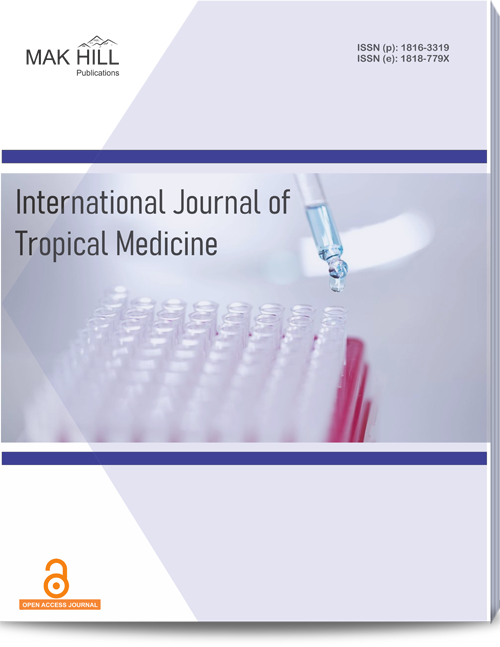
International Journal of Tropical Medicine
ISSN: Online 1818-779XISSN: Print 1816-3319
182
Views
41
Downloads
Abstract
Pain is described as an unpleasant sensory and emotional experience linked to real or possible harm to body tissues or stated in relation to such harm. The current preference is to use a regional anaesthesia approach for surgery on the lower abdomen and limbs in paediatric patients. The appeal of this method is because to its simplicity and frequent effectiveness. Pain management after surgery should be a necessary and important aspect of the care provided to children. Effective pain management following outpatient surgery continues to be a significant obstacle. The use of midazolam in combination with caudal bupivacaine provides a longer period of pain relief and decreases the need for further pain medication in children having outpatient procedures below the belly button. The study was carried out in a forward‐looking manner, with an open‐label and randomised design involving 100 youngsters. Patients classified as ASA grade I/II, aged between 1 and 12 years, who were undergoing surgical procedures below the level of the umbilicus, were included in the study. A total of 100 patients were included in the current investigation and were randomly divided into two groups of 50 each. Both groups were similar in terms of age, sex, weight, duration of operation, and kind of surgery, with no significant difference. This study demonstrates that the inclusion of midazolam with caudal bupivacaine results in a prolonged period of pain relief and decreased need for additional pain medication in children who are having outpatient procedures below the belly button. No notable negative impact was seen when this investigation compared its use with bupivacaine alone. The length of pain relief was greater with Bupivacaine in comparison to Midazolam. Nevertheless, there was postoperative drowsiness with Midazolam, whereas Bupivacaine caused motor weakness.
How to cite this article:
Ajay Kumar Sinha, Sulakshna Tripathi, Rajesh Verma and Suvarna Prasad. Comparison Between Caudal Bupivacaine and Caudal Midazolam for Post Operative Analgesia in
Pediatric Patients of North India.
DOI: https://doi.org/10.36478/10.59218/makijtm.2024.1.50.54
URL: https://www.makhillpublications.co/view-article/1816-3319/10.59218/makijtm.2024.1.50.54